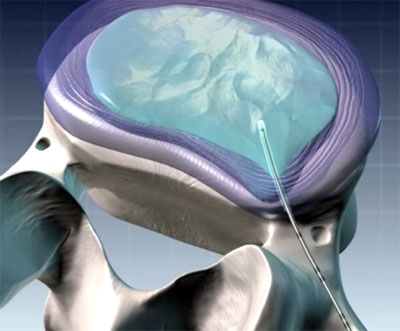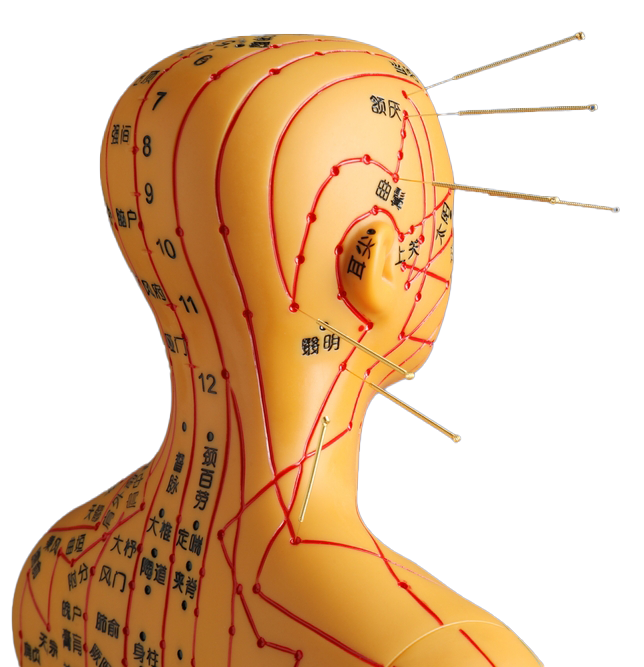- Facet joint Radiofrequency Thermocoagulation (RFT) Treatment
- Radiofrequency Thermocoagulation Dorsal root ganglion (DRG) radiofrequency thermocoagulation (RFT)
- Discitis Procedure
- Sacroiliac Joint Radiofrequency Treatment (Simplicity)
- In-Disc Ozone Therapy
- Nucleoplasty
- Transforaminal Injection (Pinpoint)
- Facet joint block
- Epidural Injection
Get Rid of Lumbar and Neck Hernia Pain with Nucleoplasty

What is Nucleoplasty?
Nucleoplasty is a minimally invasive spinal treatment. It is applied to relieve pain caused by herniated discs in the lower back and neck. This method is an effective option, especially for patients who do not require surgical intervention.
Advantages of Nucleoplasty
- It is minimally invasive: It carries less risk than open surgery.
- Fast healing process: Patients are usually discharged on the same day.
- It is applied with local anaesthesia: General anaesthesia is not required.
- The risk of complications is low: It is safer than traditional surgical methods.
How is Nucleoplasty Performed?
- Patient Assessment: The condition of the hernia is determined by MRI and other imaging techniques.
- Local Anaesthesia Application: The patient is awake, but does not feel pain.
- It is placed in a thin cannula: The disc contents are evaporated using radiofrequency or plasma energy.
- The procedure is completed and the patient is taken under surveillance: The patient is usually discharged on the same day.
Who is a suitable candidate for nucleoplasty?
- Mild and moderate disc herniation
- People with chronic back and neck pain
- Patients who do not benefit from physiotherapy and drug treatment
- Patients who do not want or are not suitable for surgical intervention
What should be considered after nucleoplasty?
- Heavy activities should be avoided for a few days.
- The exercise programme recommended by the doctor should be followed.
- Sudden movements and heavy lifting should be avoided.
Frequently Asked Questions
Is nucleoplasty a painful procedure?
Since it is performed under local anaesthesia, the patient does not feel pain.
How long does recovery after nucleoplasty take?
Patients can usually return to their normal life within 1-2 weeks.
Is nucleoplasty necessary again?
If the patient has progressive degeneration of the disc, a second procedure may be required in the future.
What is the difference between nucleoplasty and surgery?
Nucleoplasty is a minimally invasive procedure that does not require incision and patients can be discharged on the same day.
In which cases is nucleoplasty not applicable?
Not suitable for patients with advanced disc degeneration and spinal cord compression.
If you have pain due to lumbar or cervical hernia, you can contact Uzm. You can get detailed information about nucleoplasty by contacting Dr Yaşa Erim Gedik.

